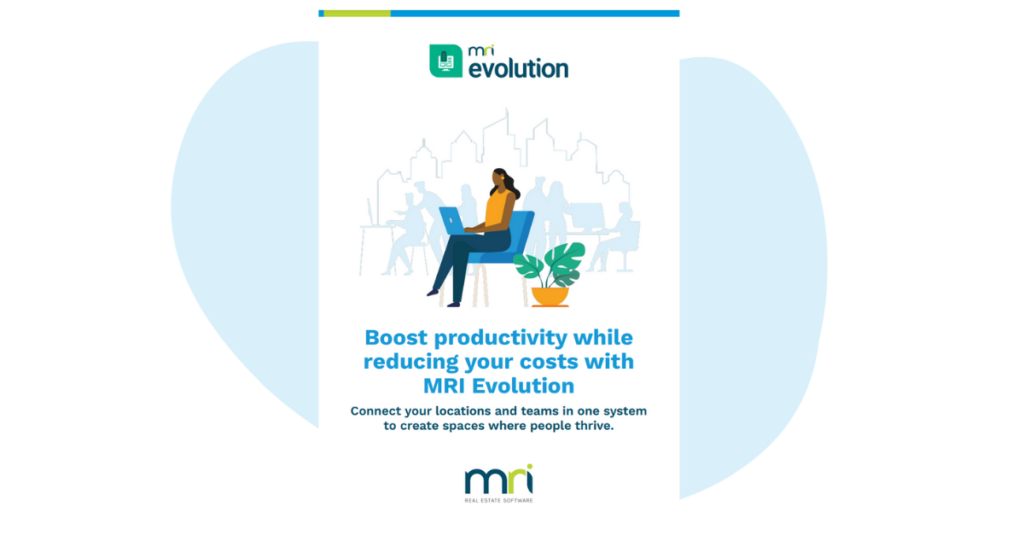Why Is Energy Management Important?
As energy prices rise and environmental regulations tighten, effective energy management is essential for organizations looking to reduce costs, improve operational efficiency, and contribute to global sustainability efforts.
In this article, we’ll explore the basics of energy management, its financial and environmental benefits, and how it enhances building performance while ensuring compliance with regulatory standards.
Understanding Energy Management Basics
What Exactly Is Energy Management?
Energy management refers to the systematic practice of monitoring, controlling, and optimizing energy use within a facility or organization. Its primary goals include:
- Reducing energy consumption.
- Improving efficiency.
- Lowering utility costs.
This involves implementing energy-efficient technologies, conducting energy audits, setting measurable energy-saving goals, and using data analysis to identify inefficiencies. For example, upgrading HVAC systems to smart controls or retrofitting lighting systems with energy-efficient LEDs are key strategies in energy management.
How Does It Differ from Simple Energy Conservation?
While energy conservation focuses on reducing energy use—often through behavioral changes like turning off lights or minimizing heating—energy management takes a broader, strategic approach.
Key differences:
- Energy Conservation: Reactive, often low-cost actions focused on immediate reductions.
- Energy Management: Proactive, long-term strategies that involve technology upgrades, systematic monitoring, and continuous optimization.
For instance, energy conservation might mean reducing air conditioning use by manually turning systems on or off, whereas energy management would involve installing a smart HVAC system that adjusts temperature based on occupancy, which is a more proactive and systematic approach.
Financial Benefits of Energy Management
How Does Energy Management Impact Operational Costs?
Energy management directly reduces operational costs by optimizing energy consumption. Examples include:
- Energy-Efficient Technologies: Upgrading to systems like LED lighting, smart thermostats, and automated building controls minimizes waste and cuts utility bills.
- Improved Insulation: Enhancing building envelopes to prevent energy loss lowers heating and cooling costs.
By implementing these strategies, facilities can reduce waste, increase efficiency, and achieve measurable savings.
What Long-Term Financial Advantages Does It Offer?
Investing in energy management delivers significant long-term benefits, such as:
- Lower Utility Bills: Energy-efficient technologies lead to sustained reductions in energy costs.
- Future-Proofing Against Price Increases: Optimizing energy use protects businesses from fluctuations in energy prices.
- Extended Equipment Lifespan: Efficient systems experience less strain, reducing maintenance and replacement costs.
Additionally, many governments and utility companies offer incentives, rebates, or tax credits for energy-efficient upgrades, further improving ROI.
Environmental Impact of Effective Energy Management
How Does Energy Management Reduce Carbon Footprint?
Energy management significantly lowers greenhouse gas emissions by:
- Reducing Energy Use: Optimized consumption means less reliance on fossil fuels, which are major contributors to carbon emissions.
- Adopting Energy-Efficient Systems: Technologies like LED lighting and energy-efficient HVAC systems minimize energy waste.
- Integrating Renewable Energy: Facilities can offset energy use with solar panels, wind turbines, or geothermal systems, further reducing their carbon footprint.
What Role Does It Play in Sustainability Efforts?
Energy management supports broader sustainability goals by reducing waste and promoting resource conservation. By optimizing energy use and integrating renewable sources, organizations can:
- Align with global climate goals.
- Enhance their reputation as environmentally responsible.
- Meet corporate social responsibility (CSR) objectives.
For practical advice on reducing energy consumption, see MRI’s energy saving tips.
Regulatory Compliance and Energy Management
How Does Energy Management Help Meet Legal Requirements?
Energy management ensures compliance with evolving energy efficiency and environmental regulations. Governments worldwide are implementing stricter laws to reduce emissions and improve energy performance. Compliance often involves:
- Meeting energy usage benchmarks.
- Adopting renewable energy solutions.
- Reporting on carbon emissions and energy efficiency metrics.
What Are the Consequences of Non-Compliance?
Failing to comply with energy regulations can result in:
- Fines and Penalties: Organizations may face significant financial consequences for not meeting standards.
- Legal Action: Severe violations could lead to lawsuits or additional enforcement actions.
- Reputational Damage: Non-compliance can harm a company’s brand, eroding trust among stakeholders.
By using tools like MRI’s energy management software, organizations can monitor compliance and ensure adherence to energy standards.
Enhancing Building Performance Through Energy Management
How Does Energy Management Improve Facility Operations?
Optimizing energy use boosts operational efficiency in several ways:
- Energy Efficiency: Systems like smart lighting and automated HVAC controls ensure energy is used only when necessary.
- Reduced Waste: Continuous monitoring identifies inefficiencies, allowing facility managers to address them promptly.
For example, installing occupancy sensors for lighting can eliminate unnecessary energy use in unoccupied areas.
What Impact Does It Have on Equipment Lifespan?
Energy management extends the lifespan of equipment by preventing overuse and ensuring proper maintenance. Smart controls and scheduled servicing reduce strain on systems, resulting in fewer breakdowns, lower repair costs, and increased reliability.
The Role of Energy Management Systems
What Are Energy Management Systems (EMS)?
EMS are advanced software platforms designed to monitor, control, and optimize energy use. Key features include:
- Real-time data collection on energy consumption.
- Identification of inefficiencies and opportunities for savings.
- Automation of energy-saving processes.
How Do They Streamline Energy Management Efforts?
EMS simplify energy management by automating routine tasks and providing actionable insights. For example:
- Real-Time Monitoring: Facility managers can track energy use across systems and address issues quickly.
- Data-Driven Decision-Making: Analytics help identify trends, forecast needs, and implement targeted improvements.
Learn more about the benefits of an energy management system.
Get in touch to see how much we can save your business
One client monitored 146 priority targets resulting in savings of $630,000 and a global reduction of 22 million kW across 12 sites.

Boost productivity while reducing your costs with MRI Evolution
Connect your locations and teams in one system to create spaces where people thrive. With MRI Evolution, you get immediate access to the data you need to proactively manage your facilities, empower your workforce, and increase operational effi…

